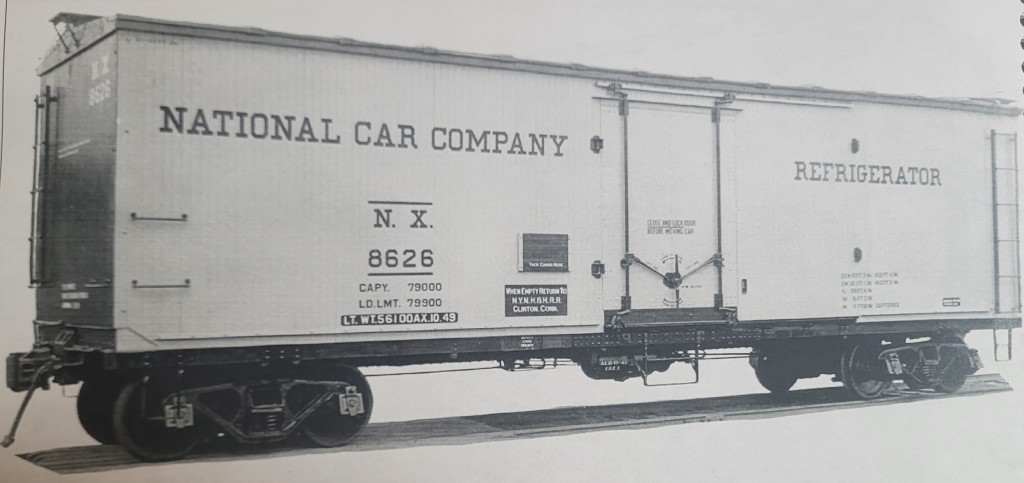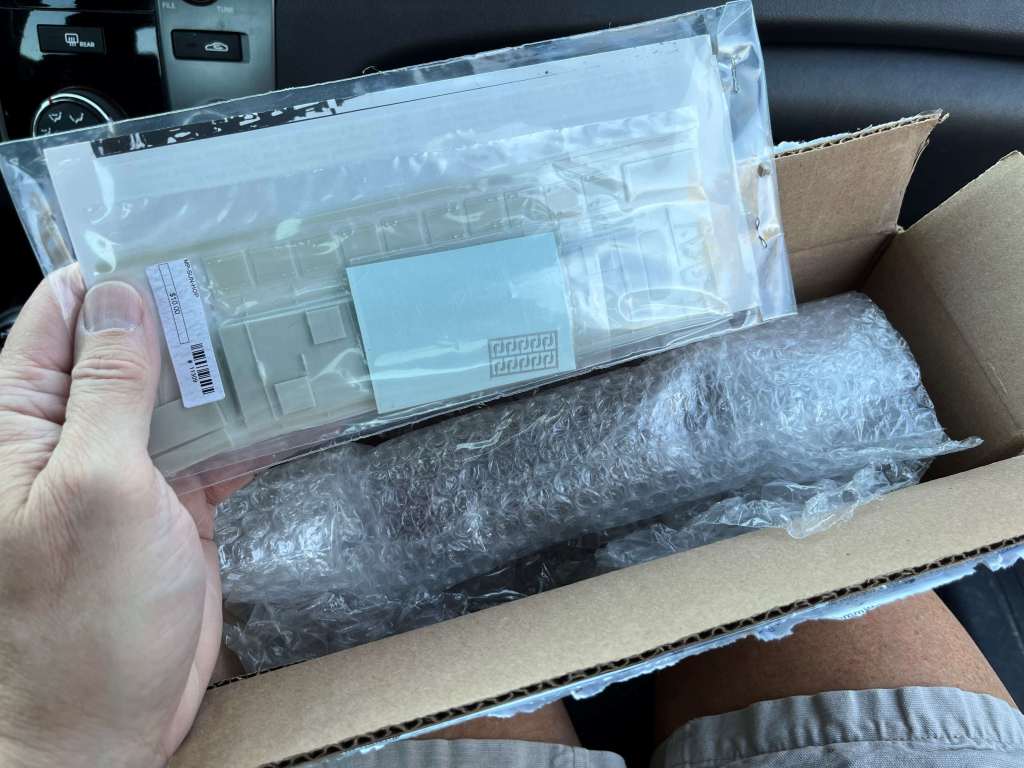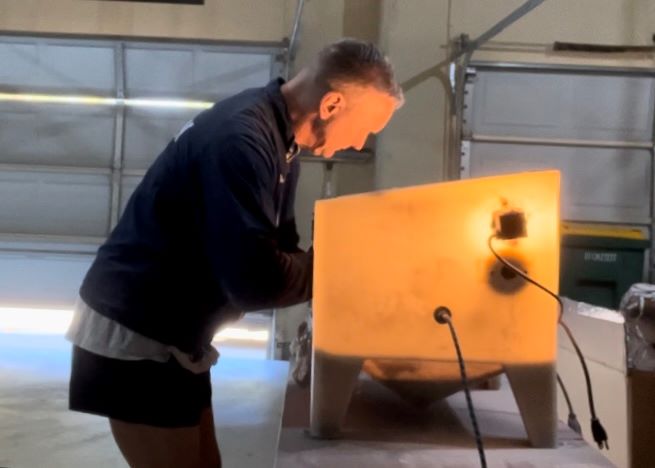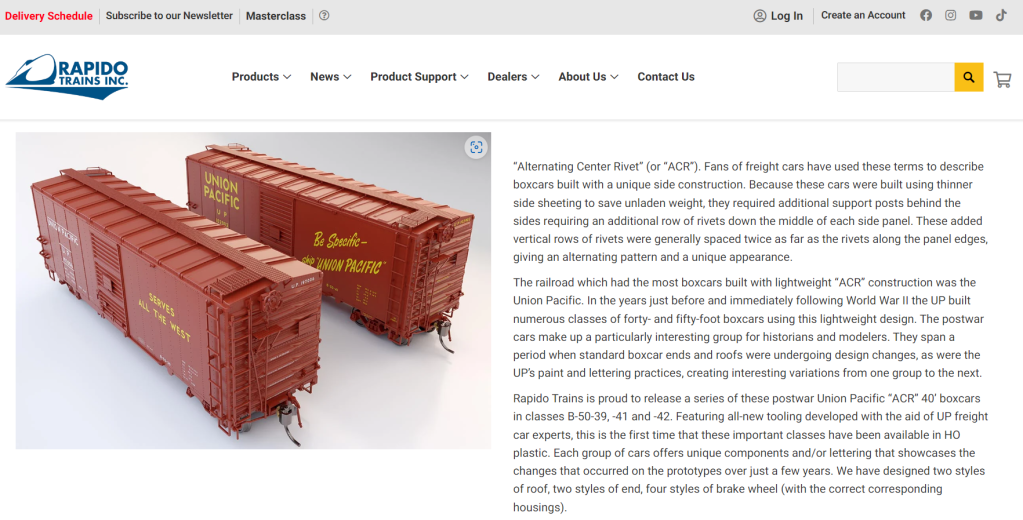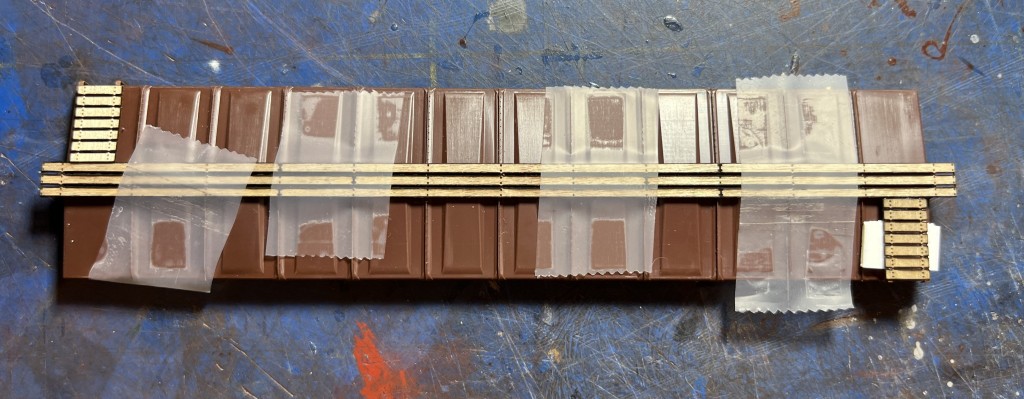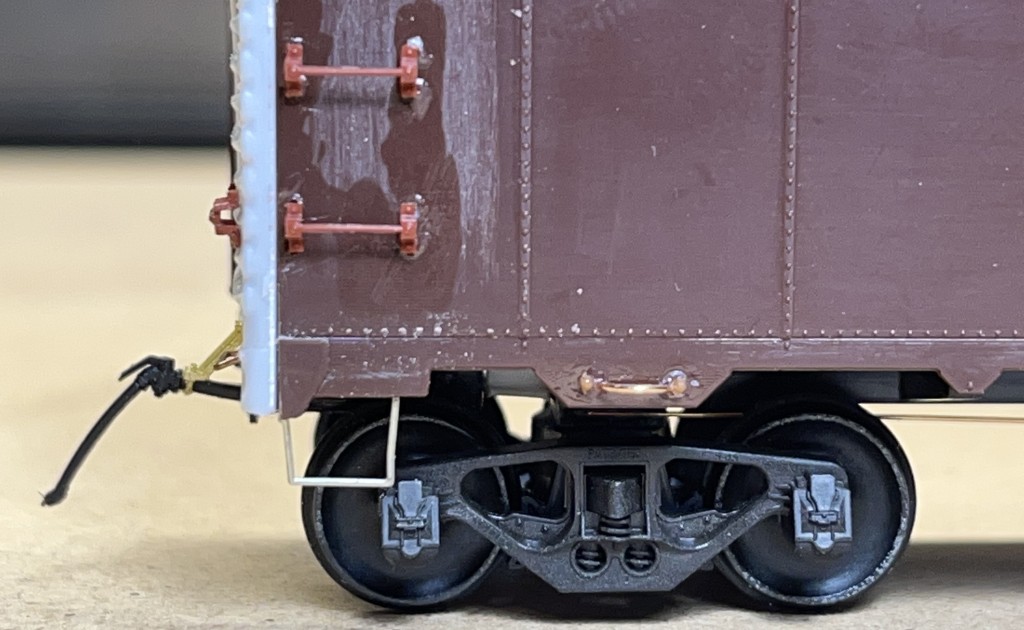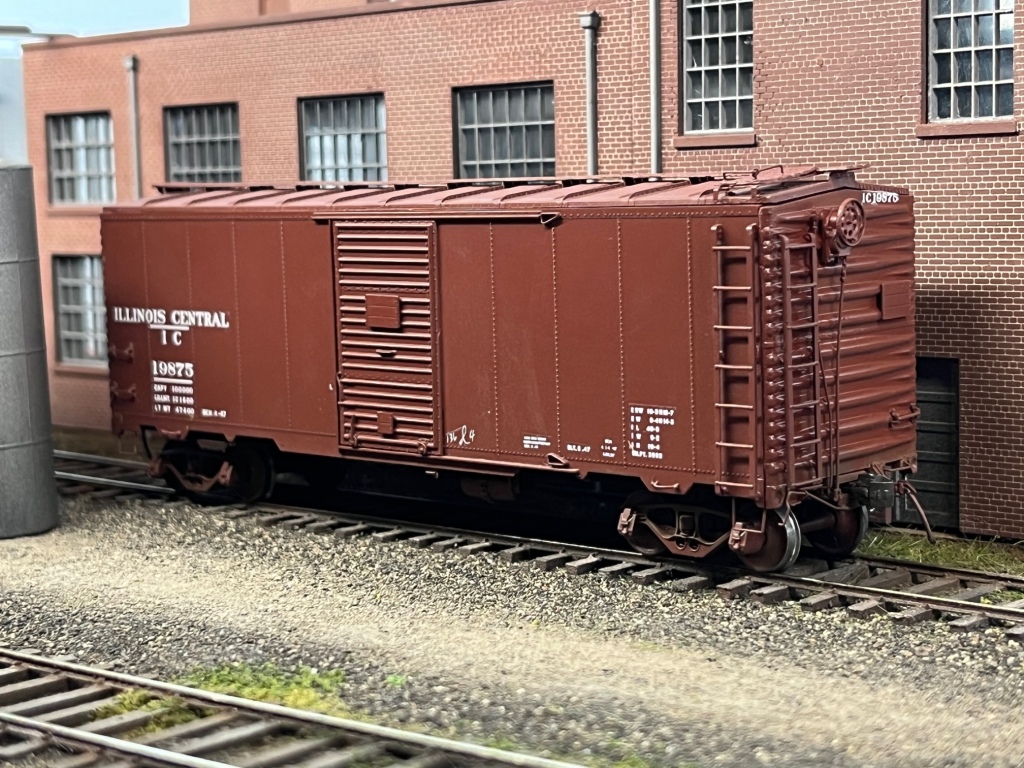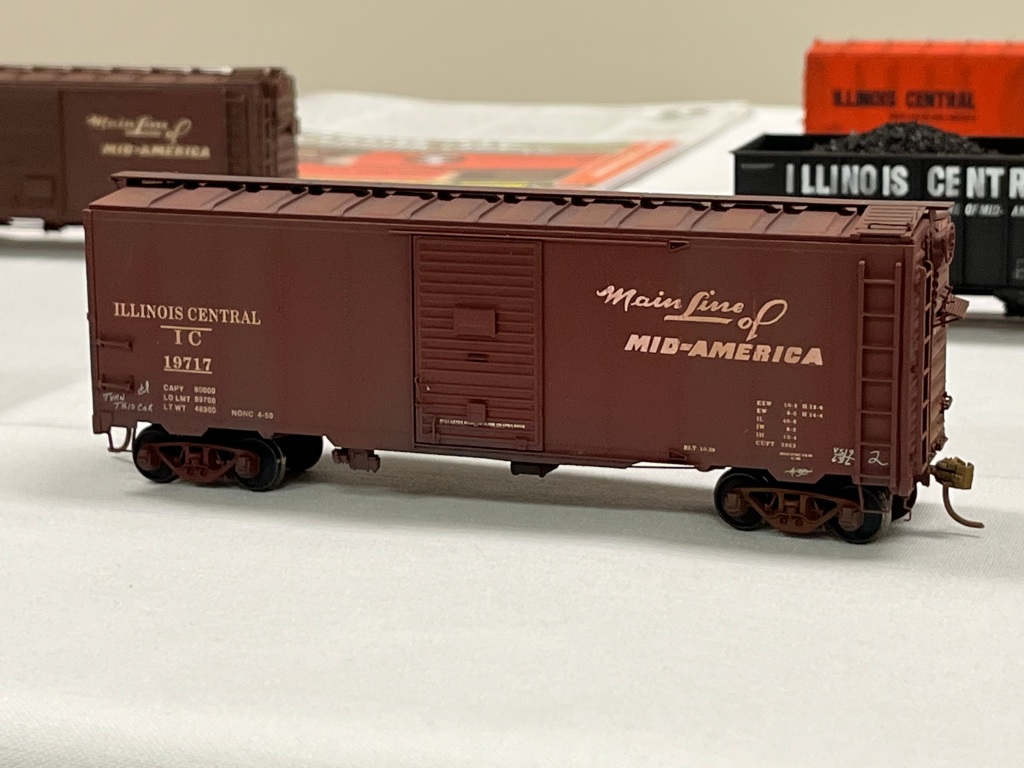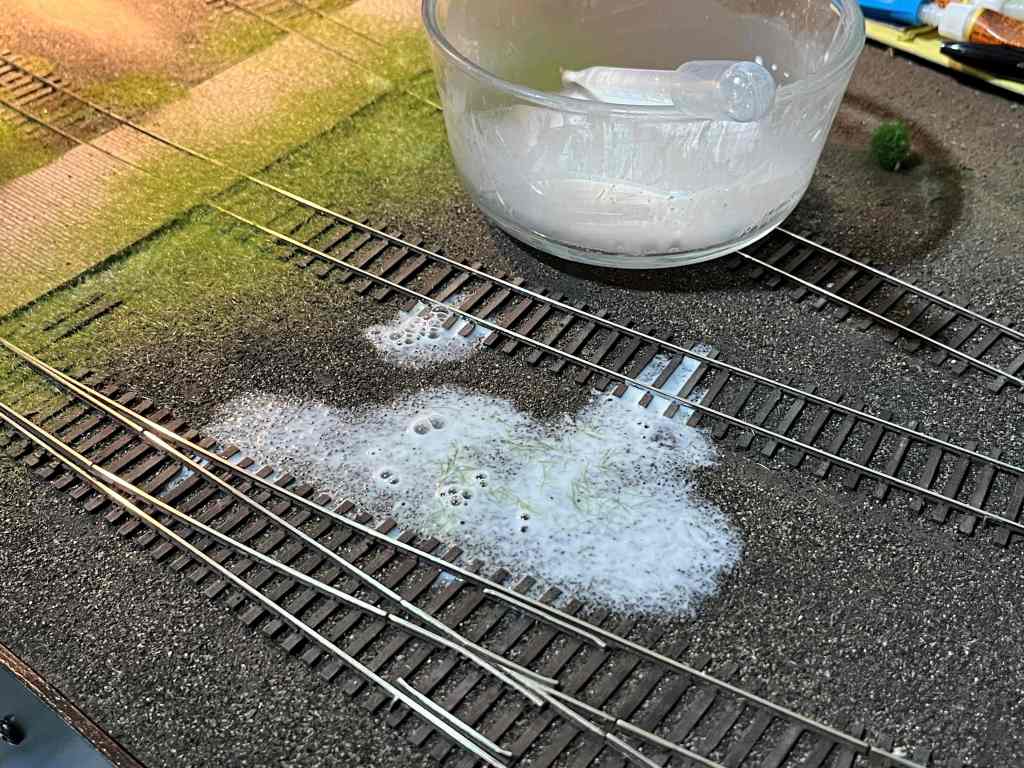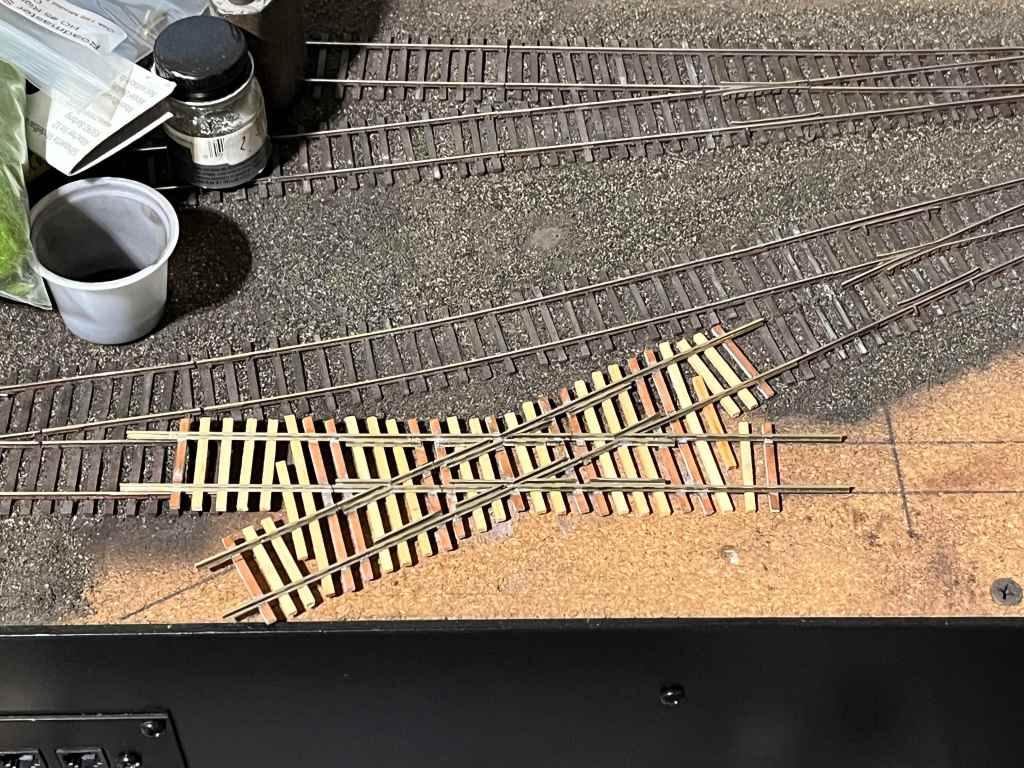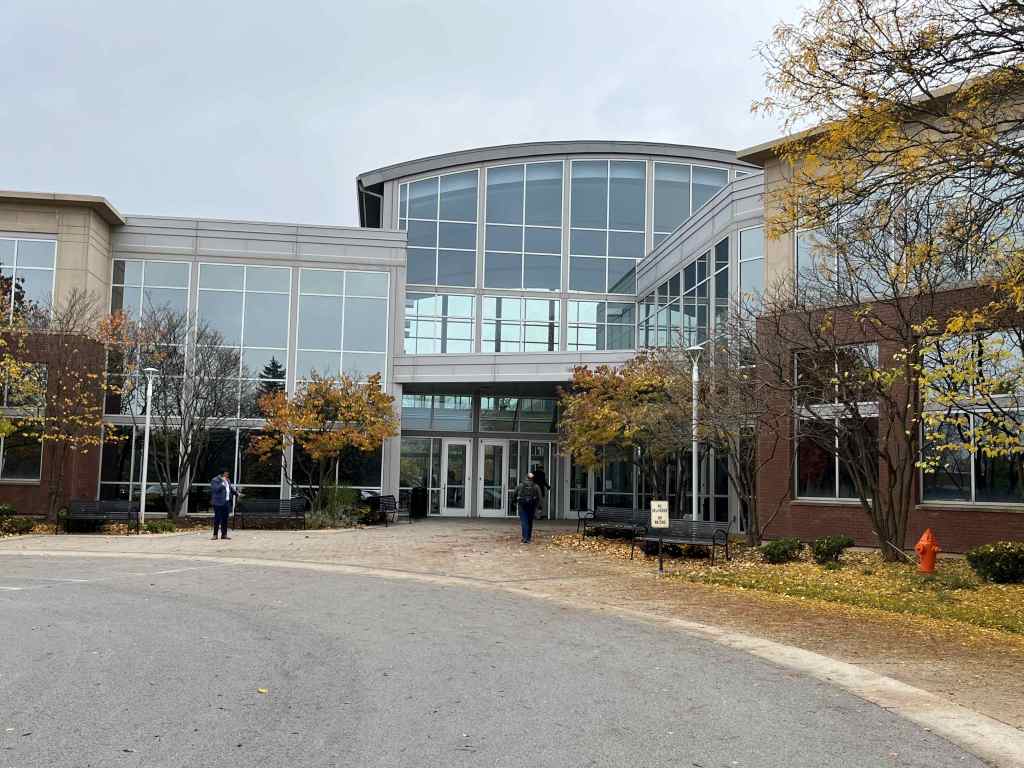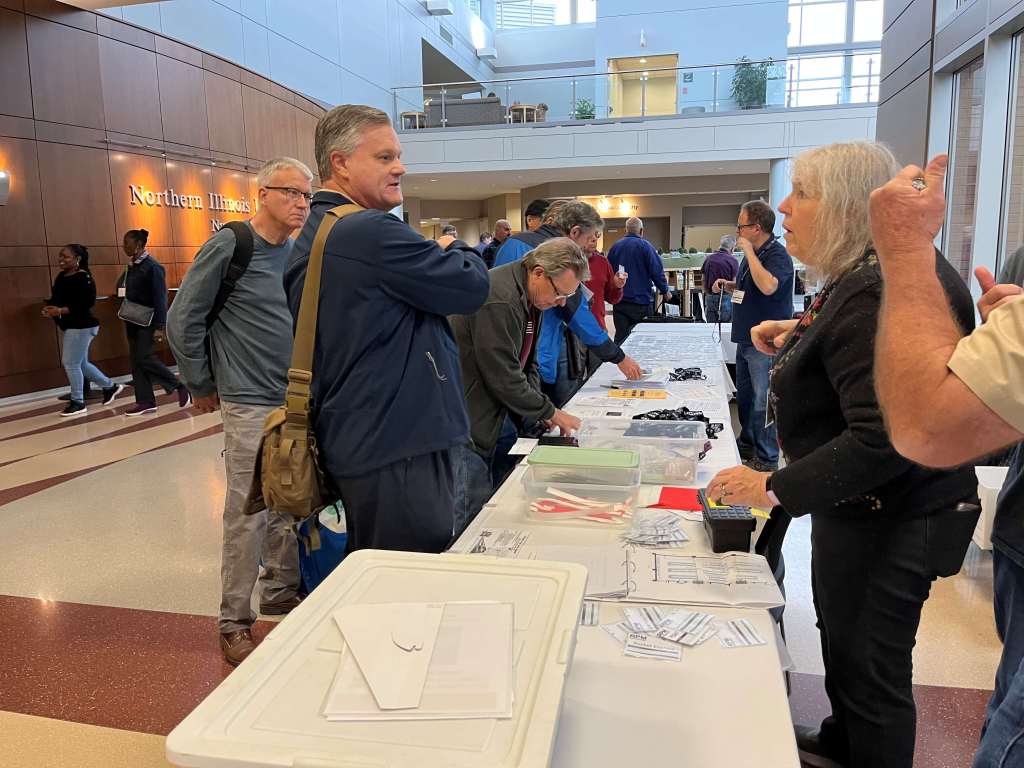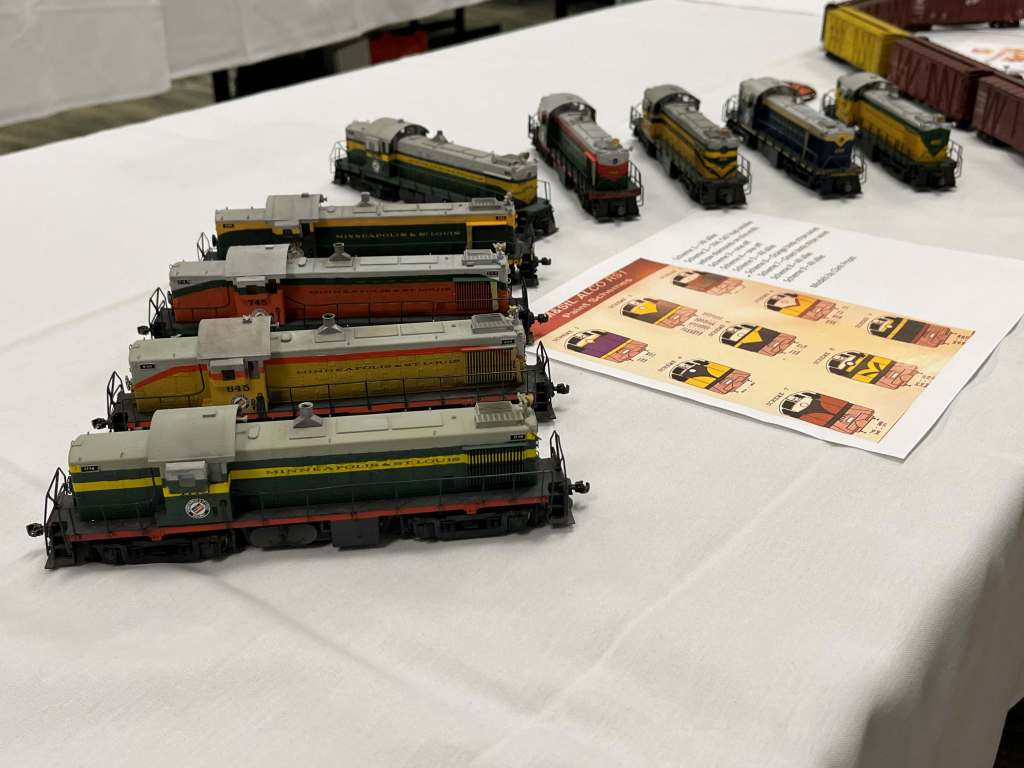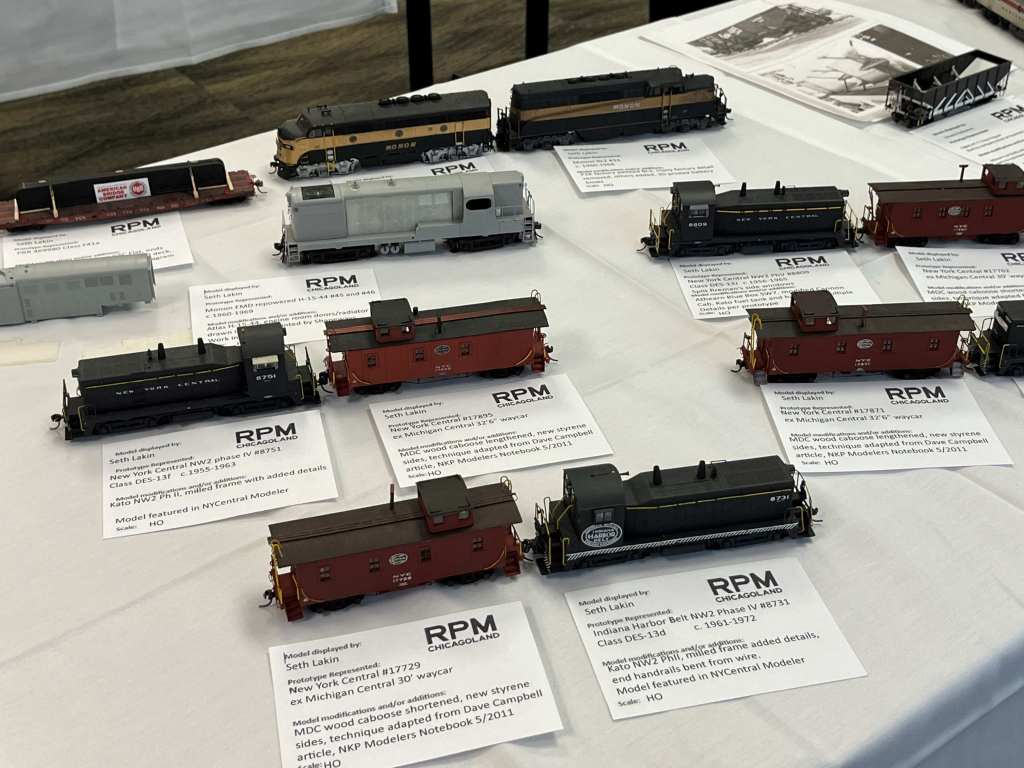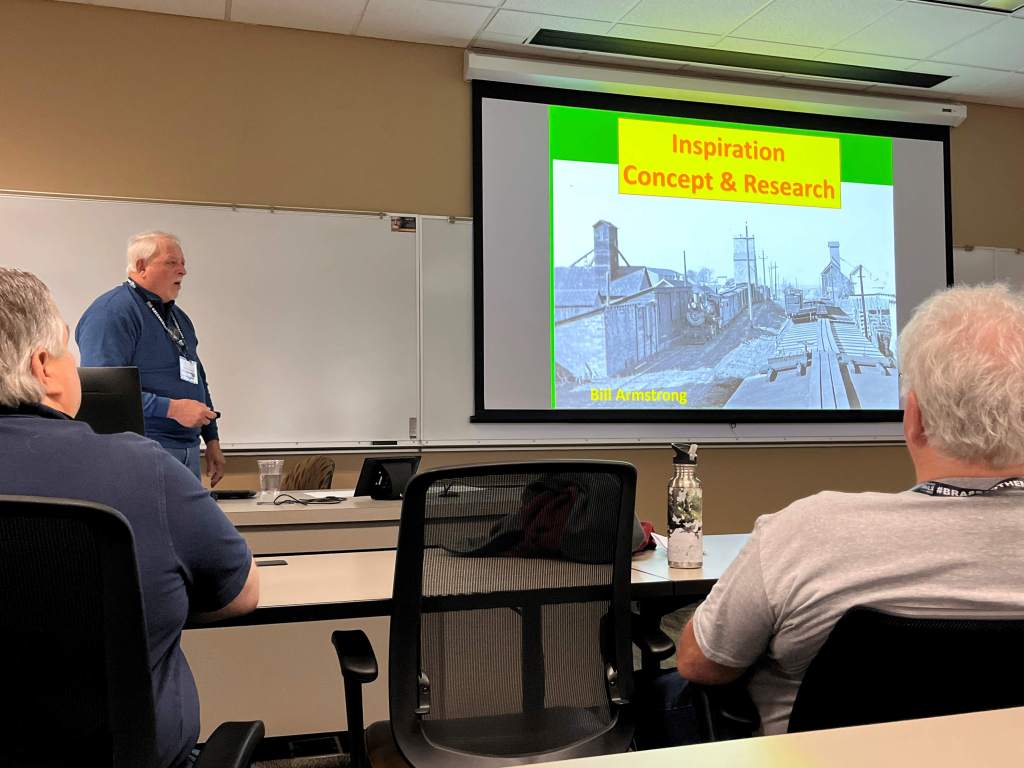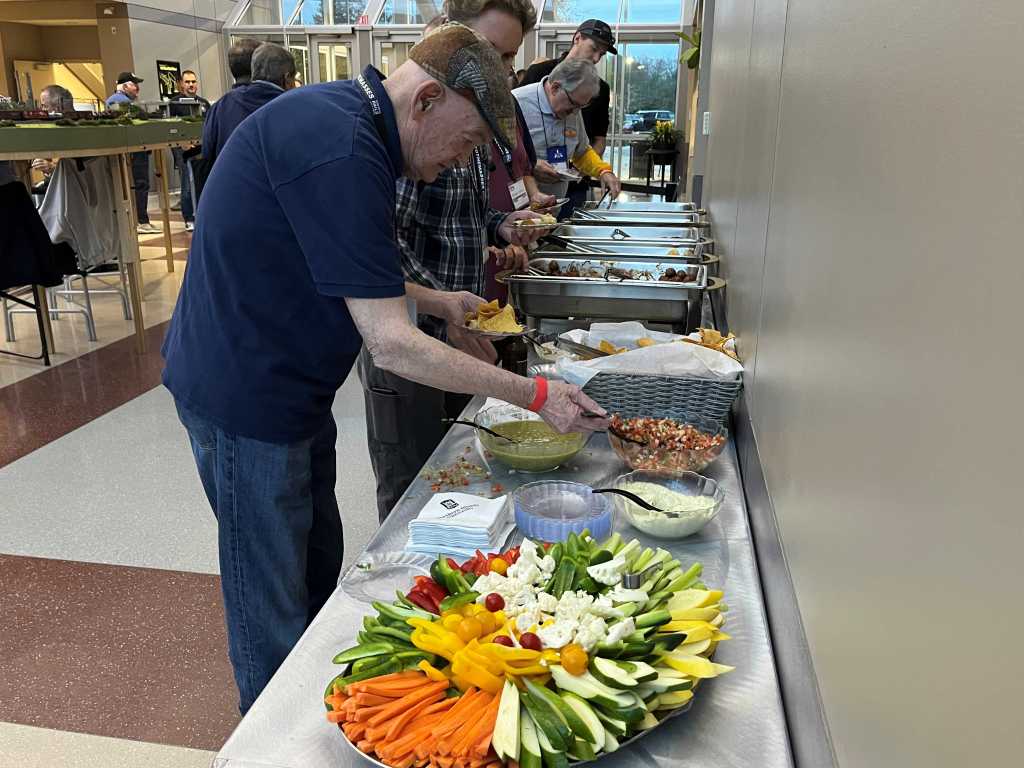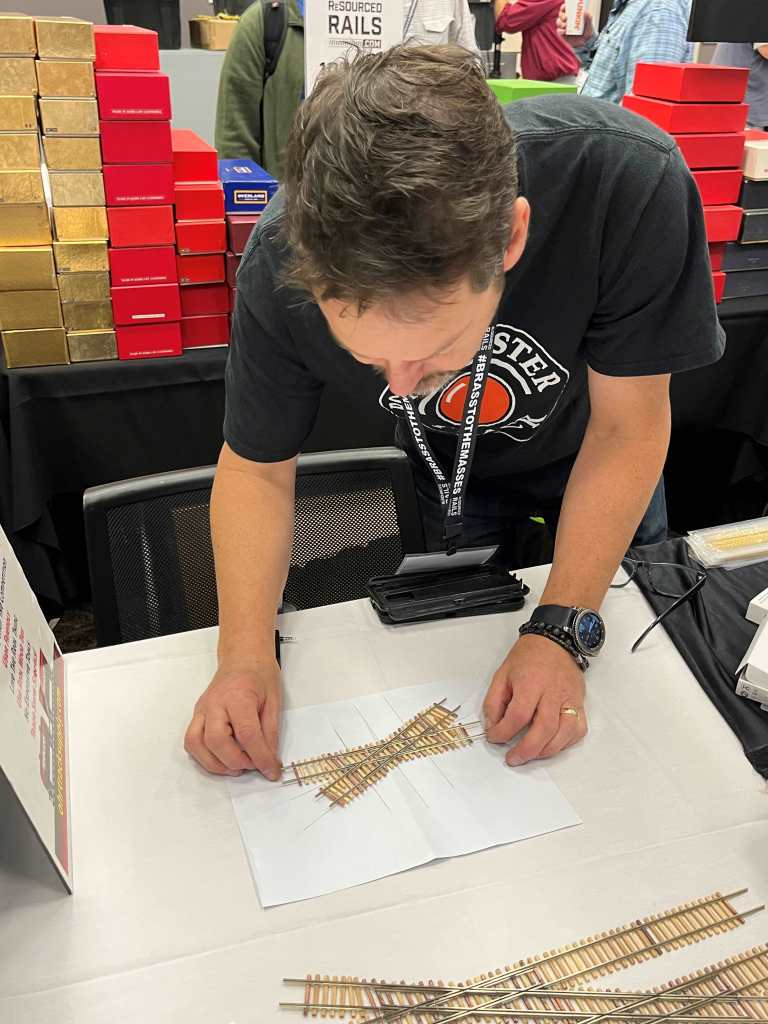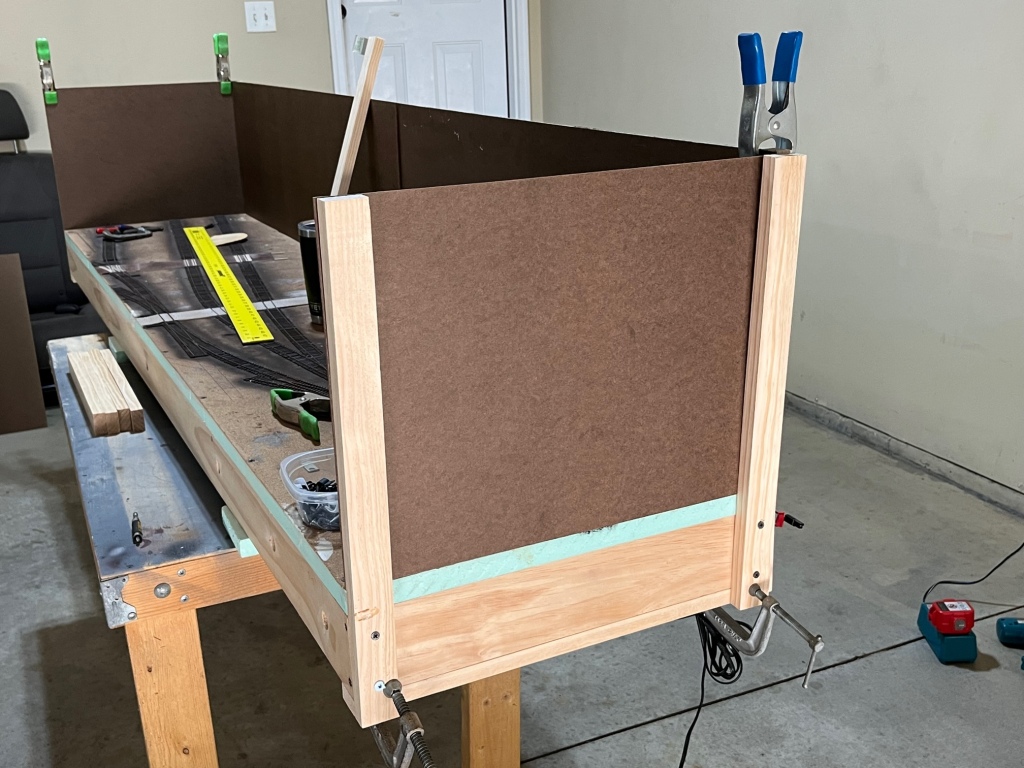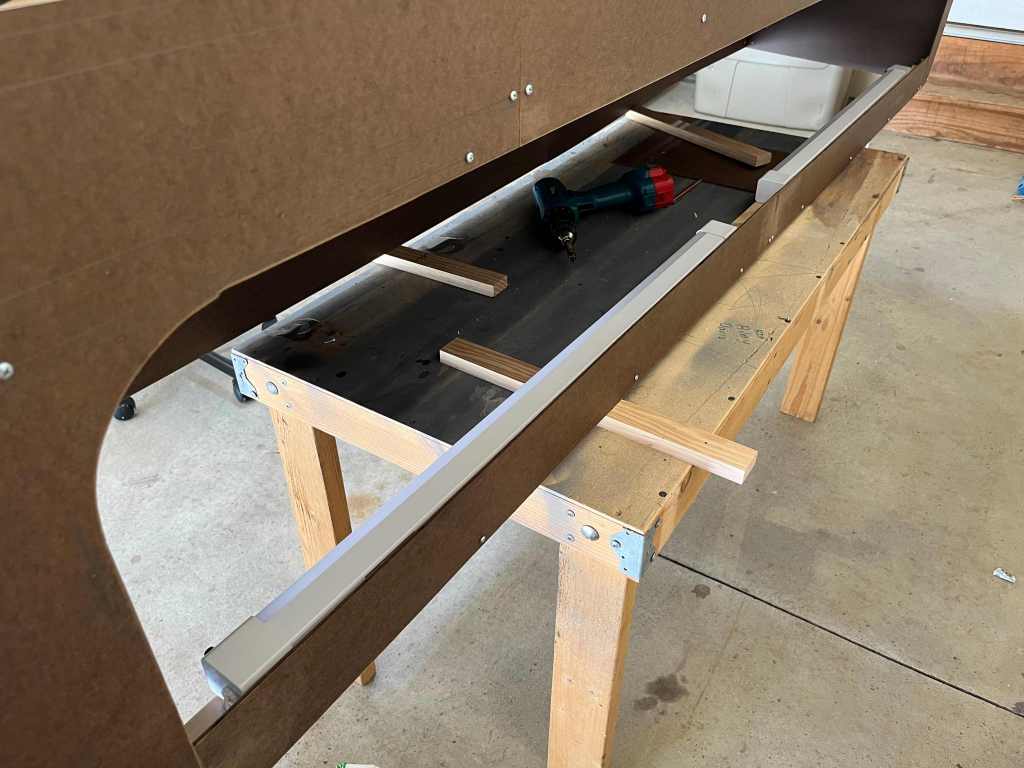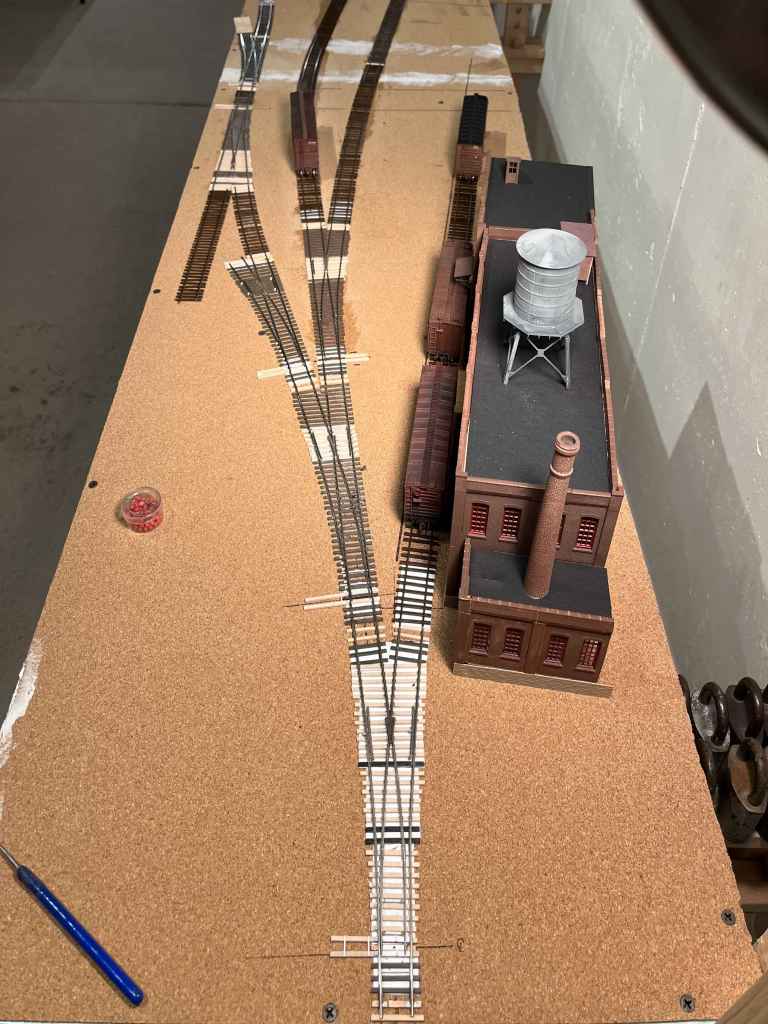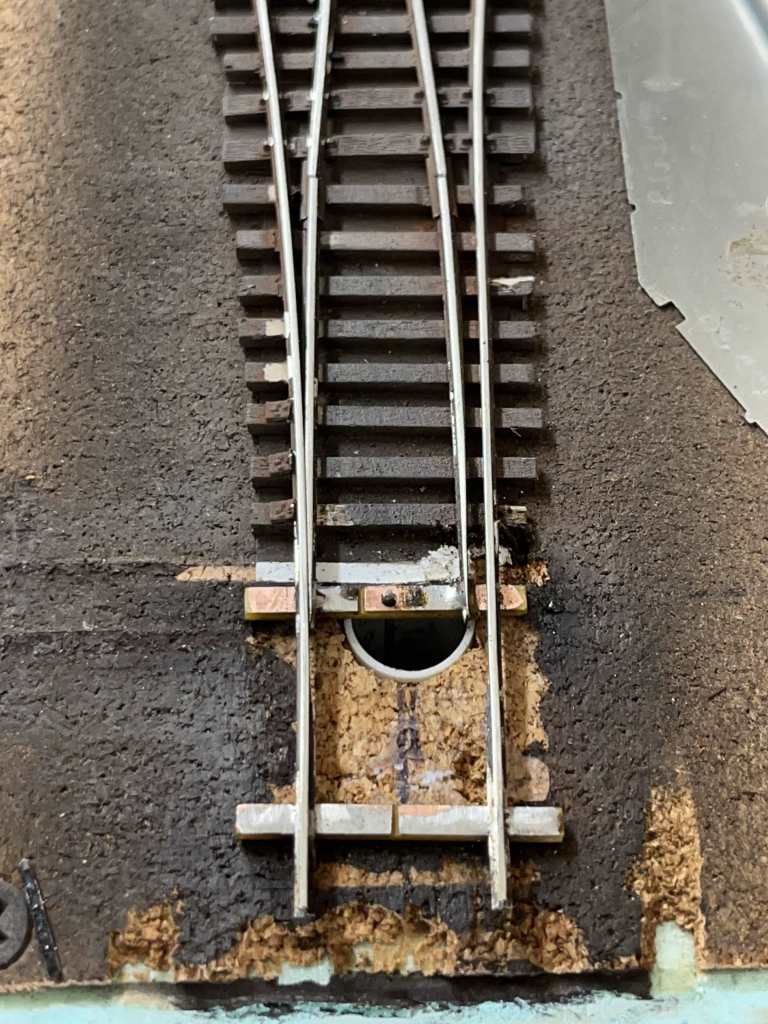On Saturday, March 23rd I made the all-day trek from St. Louis to Chicago to attend the O Scale “National” at Lombard, Ill. The venue was the beautiful Westin Lombard, same as last year, and there was a lot going on. I went up for the day and spent a few fun hours talking to friends and also buying some harder-to-get models, then headed back home in the evening.
I like starting a trip report with a driving picture. It makes me feel like I went somewhere. This northbound on I-55 in Illinois. This picture makes it look an awful lot like Kuwait.

The vendor room is where a lot of the action happens. There are layouts and historical societies, plus plenty of vendors. I bought three freight cars and some detail parts and called it a day.

Here is a view of some of the vendor tables. Lots of brass, engines, books, detail parts, and neat models on display or for sale.

Even though I wasn’t there too long, I came home motivated to finish a few O scale models that I’ve been working on for a few months.
O Scale USRA Double Sheathed Box Car
The beautiful models I saw at the O Scale event encouraged me to finish a model I’ve been working on since January—this Rails Unlimited USRA double-sheathed box car. The model comes like this, below–as a built-up one-piece body ready for detailing.

Aftermarket items include Proto48 trucks and wheelsets, a San Juan AB brake gear set, Tichy grab irons, Protocraft coupler boxes, Kadee No. 745 couplers, and a whole lot of brass wire of various types (round and flat), brass tube, eyebolts, rivets, and bigger stuff required to work in the bigger scale.
I built up the underframe first. I had to repair a bang in the fishbelly underframe, and cut out the slots for the brake hangars, before I could begin adding parts. The San Juan detail set is exquisite. I attached the major brake components per a prototype photo in RP Cyc No. 16.

The sides were a simple build. I added the grabs, NBW castings, and also a fascia strip made of styrene strip to the top of the sides. The fascia strip helps identify the model as a more modern car.
The ends were difficult, as I had to scratchbuild the ladders. I measured and fastened the ladders in place using an L-girder styrene strip for the left stile and flat styrene strip for the right stile. It turned out alright—not great, but passable. Next time I’ll build a jig and build the ladders on the bench, then apply them to the model in one piece. I thank that would lead to a cleaner appearance. The rest of the parts are fashioned from brass or styrene parts.
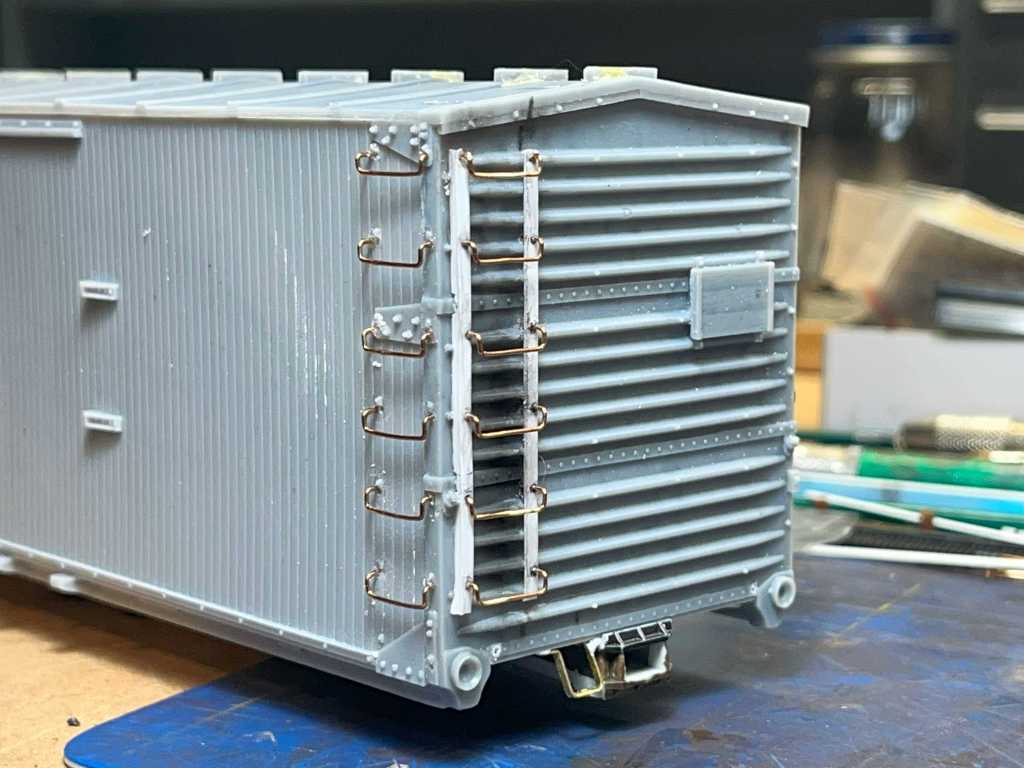
Trucks are old San Juan Proto48 San Juan Andrews trucks with Protocraft wheelsets. These trucks are a beast to assemble, but they are beautiful when finished and painted. Here’s the model ready for paint:
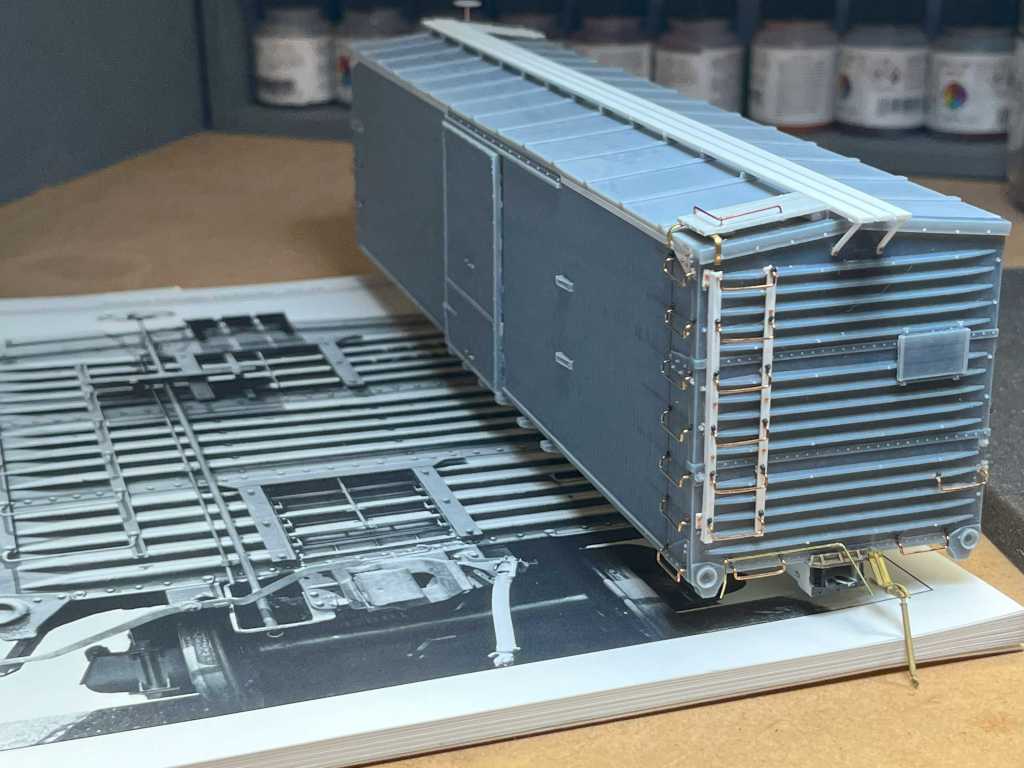
Once the build was complete I sandblasted the model in my old North Coast sandblasting booth, then washed it completely and set it aside to dry. When it was dry I painted it with Tru Color RI Freight Car Color with a little white added to weather it out little bit.

I used the Protocraft Rock Island Fowler box car set for this car, and had it cut it into a million pieces to make it work. Decaling took four evenings.

I weathered the model using just about every media available. I started with a shot of Dullcote to seal the decals, and then a second shot of Dullcote with some of the original paint added to tone down the deals. Then I lightly weathered the trucks and underframe with Testors Dark Tan, and then I used AIM Powders to further weather the ends, trucks, couplers, and other lower side sill applicances. Finally I used some artists pencils to weather individual sheathing boards and a few other items around the car. I did my best to not over-do the weathering.

Couplers are Kadee #745 in Protocraft coupler boxes. The couplers require a little filing and fiddling to get the couplers to fit. Highly detailed draft gear and striker plates are badly needed in both HO and O.
This model joined my small fleet of 18 completed Proto48 cars this week.
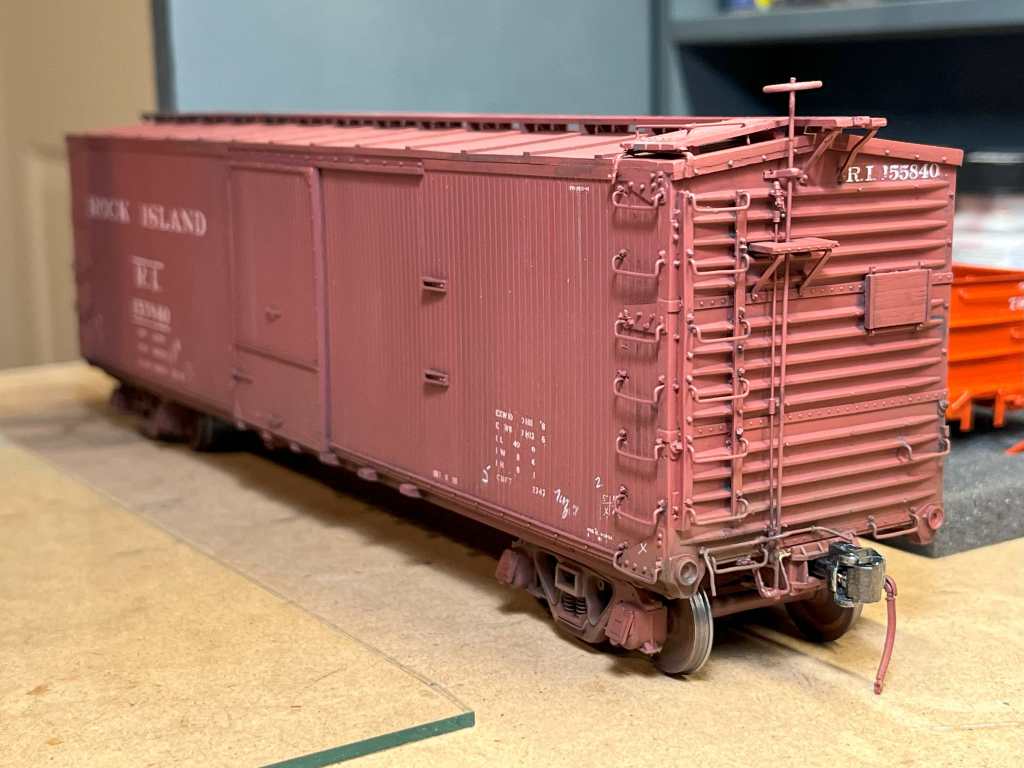
Back to the National…
The fastest driving route between St. Louis to Chicago is I-55. North of Springfield I-55 follows a portion of the old Chicago & Alton, which is now a high-speed Amtrak route with some UP freight service mixed in. Railfanning there isn’t very interesting but the sight of a train from the interstate perks me up a little bit.
On the way home I stopped for gas at McLean, about 90 minutes south of Chicago. McLean is located on old Route 66 at the intersection of Interstate 55 and Route 136. After I tanked up I noticed a depot off the railroad, literally right across from the gas station, so I went over for a picture or two. I noticed an “Open” sign and had a few minutes to spare, so I went in. I thought it was a typical small town museum, but to my surprise it was a model train shop.
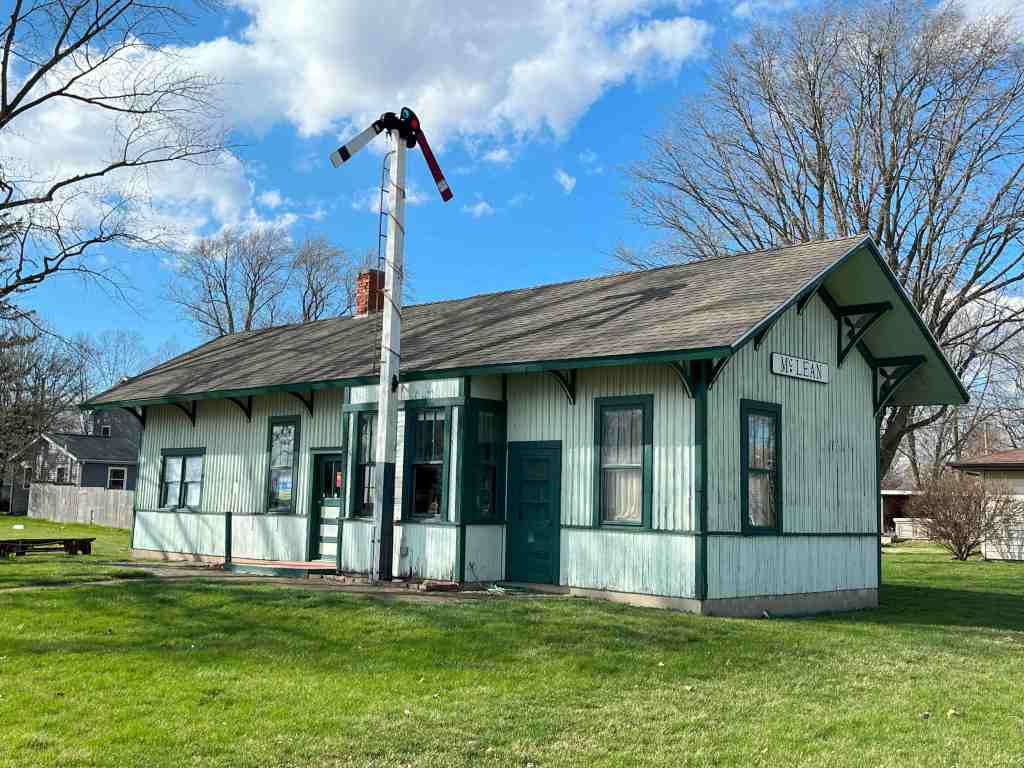
I had a nice talk with the shop owner, Mike. What a nice fellow. Mike explained that the depot was built a bock away on the C&A, and moved across to it’s current location in the 1970s. It was built in 1853 and is the third oldest depot remaining in Illinois. It is one of only two stations remaining that was passed by the Lincoln Funeral Train in 1865. Even the windows are old–they were replaced in 1910.
Normally I hate graffiti, but inside the depot is graffiti worth seeing, dating back to the 1860s.

Mike’s got a nice shop there and he does a lot of DCC installations and other specialty work. He’s got a good selection of kits and paint in particular. He’s got a little layout wedged into one of the former waiting rooms too. Mike’s too busy to build a website but you can find a little more info on the shop here, at https://www.horizonhobby.com/on/demandware.store/Sites-horizon-us-Site/default/Stores-Details?storeID=14705
Next time you’re on I-55 driving through McLean, stop by and say hello to Mike. Mike is a Gold Star Dad—his family has given a lot for their country. Your prayers his family are gratefully appreciated.


